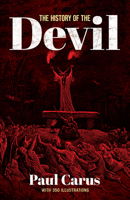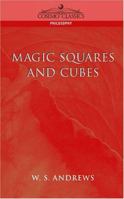Leonardi Lessii S. J. Theologi De Perfectionibus Moribusque Divinis Opusculum: In Quo Pleraque Sacrae Theologiae Mysteria Explicantur Novam Editionem Curavit P. Roh...
Select Format
Select Condition 
Book Overview
Customer Reviews
Rated 5 starsNot for the novitiate...
Provides a dense, tersely written introduction into Jungian dream analysis for those already with a background in psychology. Not for the novitiate.
0Report
Rated 4 starsGood for Advanced Students
This is a clear presentation of Jungian Dream interpretation, but it is designed for the therapist, so the less advanced reader may not know some of the major ideas. Nevertheless it is clearly and logically presented and is without flights of fancy, so it has its own value.
0Report
Rated 5 starsTheory and Practice of Understanding Your Dreams
This compact discussion of the Jungian method of dream analyses is a thorough examination of basic concepts as they are applied in practical dream interpretation. The author, a psychiatrist and Jungian Analyst, clearly outlines the process of understanding dreams and addresses their purpose. Dreams are for "problem solving and personality development." First they are compensation for conscious attitudes that are ineffective...
1Report










![Paperback Leonardi Lessii S. J. Theologi De Perfectionibus Moribusque Divinis Opusculum: In Quo Pleraque Sacrae Theologiae Mysteria Explicantur Novam Editionem [Latin] Book](https://i.thriftbooks.com/api/imagehandler/m/0D905B60D35EF317CF867B4DF816089D3D5917B5.jpeg)

































